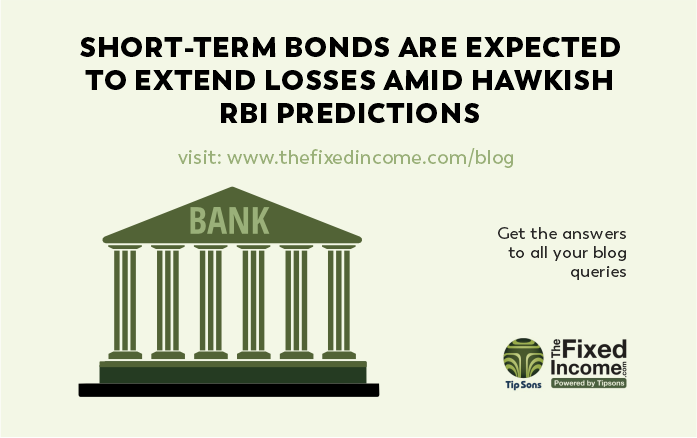What are short-term bonds? Short-term bonds are also called “money market” instruments because they are usually traded much like money in a savings account. Unlike long-term bonds, short-term bonds do not provide a regular stream of income. Instead, investors receive interest payments when the bonds mature. The interest paid on short-term bonds is generally higher than the interest paid on longer-term bonds, because the shorter the maturity, the lower the yield and the less money an investor makes as compared to long-term bonds. Many people use their short-term bonds as a place to park their money when they don’t want to use it for anything else.
Short-term bonds are usually issued by government agencies, banks, and other companies. They are most commonly used by investors as a way to save their money when they don’t want to use it for a particular time and they regularly put away their cash and its development takes place in the middle of between one to three years or under 5 years. This is because short-term bonds are generally considered to be a higher-risk investment than longer-term bonds. Because of this, investors who want to take on more risk can use their short-term bonds as a way to increase their investment returns without taking on too much additional risk.
RBI governor Shaktikanta Das said the central bank will always support measures that will ease liquidity conditions, help revive investment and ensure stability in the rupee-dollar exchange rate so that there are no disruptions to external markets. While RBI (reserved bank of India) has a mandate to limit the volatility of interest rates, the regulator has been signaling that it will keep a close watch on inflation and credit growth to ensure that it doesn’t go beyond the RBI’s comfort level. In its latest monetary policy announcement, the RBI said that it will keep a close watch on both core and headline inflation. The RBI also said that it will continue to push banks to pass on the full rate cut to borrowers, which should keep credit growth on a healthy trajectory. Over the long term, the rate cut will help the economy grow faster, which will help keep inflation in check.
INFLATION
RBI prediction: short term bonds are expected to be more volatile than long-term bonds. This should help to keep the economy on a healthy trajectory. Over the short term, the cut will likely have an impact on inflation as they pass through is expected to be quick. short-term bonds, RBI, interest rates, inflation, CET, current text, current text, and continuing interest rates are expected to have an impact on inflation as the pass-through was expected to be quick. This should help to keep the economy on a healthy trajectory
INTEREST RATE
Furthermore, short-term bonds are risky over the long term, since they are sensitive to interest rate fluctuations (as a general rule, the lower the interest rate, the higher the bond price). Most government bonds are favored by investors, who expect inflation to rise along with interest rates. This means that when interest rates rise short-term bond prices fall. Conversely, as interest rates fall, short-term bond prices rise. These interest rate fluctuations are expected to be more dramatic in the coming months, as the central bank is expected to raise interest rates again in line with its recent rise. Often with lower-rated bonds, the ratio of Treasury bond yields to short-term bond yields is higher for these bonds, meaning that they are more sensitive to interest rate fluctuations. As a result, short-term bond prices are expected to continue falling due to strong economic data, which will reflect lower bond yields, but also higher domestic bond prices since domestic yields will increase. So the combination of a strong economic data backdrop, a rise in interest rates, and a lower rupee will put further downward pressure on the rupee. This will help keep liquidity conditions in the economy under tight control, which will help ensure that investments continue to flow into the economy. At the same time, the rupa will likely continue to face external pressure, which will keep the rupee weak. This will keep liquidity conditions under tight control, which will help ensure that investment continues to flow into the economy.
Consequently one should be insightful will putting away their cash as it’s a significant choice to make since everybody needs great profits from their yield so ensure you are taking on a correct way and fitting data about the entire course of reserve funds for a decent yield




















